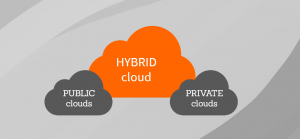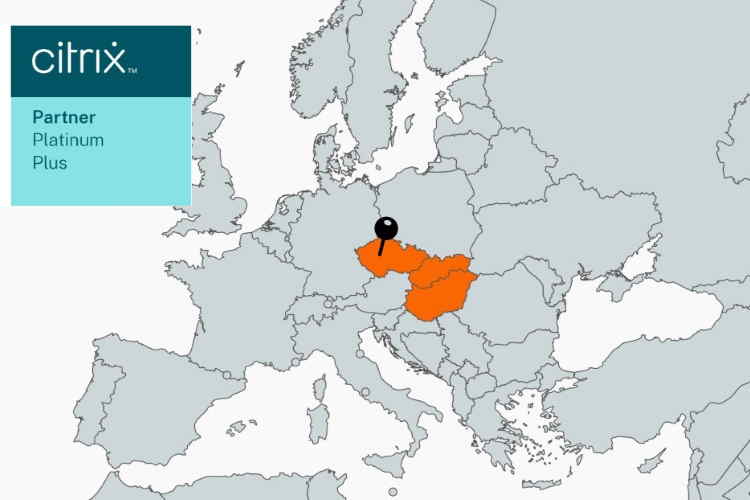Cloud Encyclopedia: a quick guide to the cloud
Awareness of cloud services, their purpose, advantages and disadvantages is often superficial and fragmented in our region. That is why Cloud encyclopedia was created. A series of 17 articles from the ORBIT team, which will reliably introduce everyone to the area of cloud IT services.

As ORBIT, we have been intensively involved in cloud services for years. We apply our 30 years of experience in this modern technological aspect of our customers’ IT lives. Every year we implement several large and small IT change projects, which are closely related to the cloud environment (for example this one ).
During our daily contact with our customers, we became aware of a previously unheard demand for a guidebook to the cloud world. For many managers and IT specialists in the Czech organizations is difficult to find time and reasons for self-study of lengthy English articles (not to mention obtaining certifications).
The aim of this series is not to present all cloud services in the detail (after all, YouTube is full of the detailed material), but to help readers understand the services, know their purpose and provide an expert view on the options offered (at least in terms of the services of the major providers in our region, i.e. Microsoft and Amazon).
The articles below are written in Czech language.
Chapter 1
What is cloud computing

What exactly is the cloud? What are the advantages and disadvantages of the cloud and how does the cloud differ from virtualization?
Martin Gavanda
Chapter 2
Do you know which cloud is which?

There is no cloud like the cloud. What is the difference between the different types of clouds? Let’s see illustrative examples.
Martin Gavanda
Chapter 3
How mature am I for the cloud?

How do customer cloud maturity levels differ? What is it actually, what is it good for and how to assess it?
Kamil Kovář
Chapter 4
Building the foundations of Infrastructure as a Service

What is IaaS? Learn about the benefits and pitfalls of Infrastructure as a Service.
Jakub Procházka
Chapter 5
Let’s focus on applications: Platform as a Service

What are platform services or PaaS, what are the most used ones and why use them in the cloud?
Kamil Kovář
Chapter 6
Serverless computing: it can work even without servers!

How does serverless computing work? What are its advantages, disadvantages and how does it differ from PaaS services?
Martin Gavanda
Chapter 7
Application assessment: How to get applications into the cloud?

Go through the basic steps to easily and efficiently transfer your applications to the cloud.
Lukáš Hudeček
Chapter 8
Preparing the cloud environment: how to do it?

How to proceed systematically when it is necessary to prepare the cloud environment for the migration of workloads and applications?
Lukáš Hudeček
Chapter 9
Reduce cloud costs: subscriptions, billing, services

Which decisions have a major impact on the price of cloud services? You can also turn your costs in the cloud to your advantage.
Jakub Procházka






